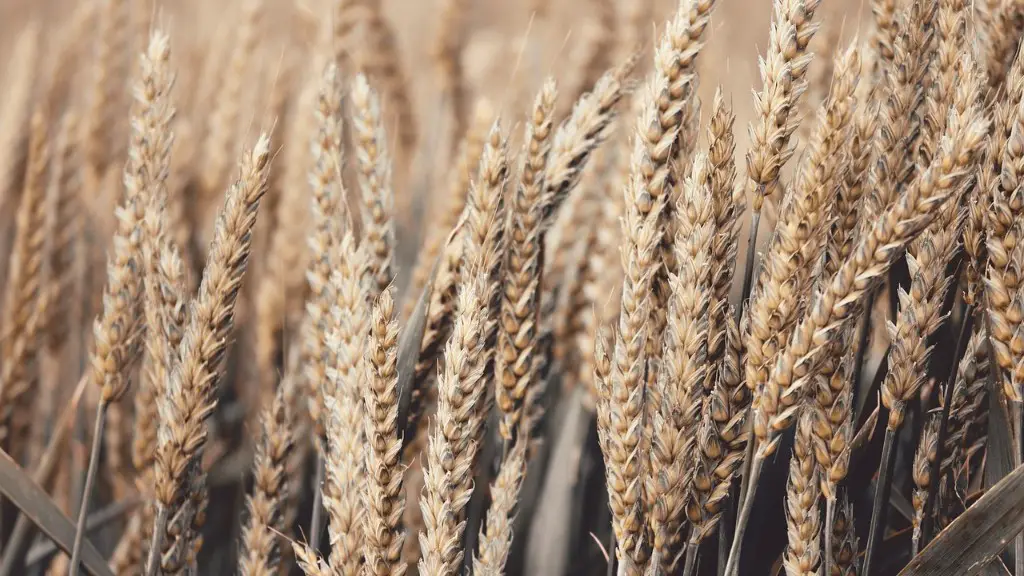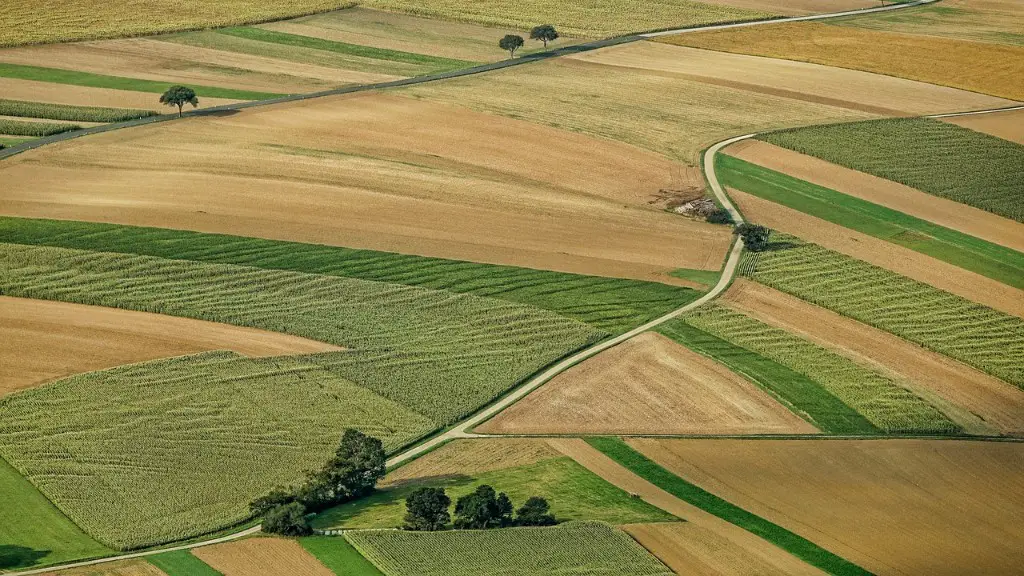Advancements in agriculture today have opened up many opportunities for the farmers of India and securing a loan is the first step towards financial growth of an agriculturist. It is important for every agriculturist to understand the process of getting an agricultural loan and the various benefits associated with it. In this article, we’ll discuss the various procedures on how to get an agricultural loan in India.
One of the most important steps towards procuring a loan is the selection of a bank or lending institution that suits your needs by comparing the loan terms and conditions. The rate of interest varies across different banks, so a thorough comparison can help you find the right loan partner. The bank or the NBFC also assesses the repayment capacity and the credit score of the applicant before considering the loan. Therefore, it is important to keep a good track of the credit.
To be eligible for a loan, one has to fulfil certain requirements. Documents such as proof of identity, land ownership, income certificates, and banking details are required. Verification of these documents is the next step after the submission of the loan application. The loan is given once the verification process is completed.
Agricultural loans are divided into various types based on the purpose for which the loan is taken and the end use. Some popular types are tractors or other machinery loan, crop loan, irrigation loan, dairy loan, and many more. Some banks also provide a combination loan for multiple purposes, which is beneficial for the farmers.
In addition to the bank or NBFC, various government and other non-governmental organisations provide financial assistance to farmers. The government also provides schemes such as the PMKisan scheme, Kisan Credit Card scheme, Pradhan Mantri Fasal Bima Yojana, and many more such welfare initiatives to make agricultural loans easily accessible.
It is important to maintain the repayment and credit records to expand the borrowing capacity and avail more loan opportunities and better repayment terms. Periodic assessment of the loan offers is recommended to avail any changes in terms and conditions. Therefore, it is useful to keep a constant track of the deadlines and records.
Types of Agri Loans
Agriculture loans are generally divided into various categories based on their purpose and end use. Crop loan, in which the loan is given for the sole purpose of cultivating crop, is one of the most popular types of Agriculture loan given by various banks and government. Dairy loan is another type which is specifically designed for dairy farming and other dairy related activities. Similarly, tractor loan is provided for the purpose of purchasing the efficient tractors and other farming machines to aid the process of cultivation.
Irrigation loan is provided for the installation and upkeep of irrigation systems. Plantation loan is another type which is given to help the plantation of trees and plants while animal husbandry loan is provided for the care and purchase of livestock. Some banks also provide a combination loan, a loan that covers multiple activities related to agriculture.
Eligibility Criteria
Though the eligibility criteria vary across different banks and NBFCs, there are certain basic criteria which all banks follow. The applicant must be a citizen of India, and should have attained the age of majority while applying for the loan. An agriculturist should have the land ownership or rental lease documents as proof of agricultural activity. A good credit score is also checked by the bank.
Income certificates describing the source of income must be provided as documents of proof. Similarly, various bank documents such as bank passbook, salary account details, current account details must also be submitted at the time of loan application. Tax returns and income tax statement of the last few years may also be required as part of the documents.
Process of Applying
Agricultural loans can be applied both online and offline, depending on the types of loan and preferences of the borrower. Loans can be applied through the websites of the banks or the NBFCs. On the other hand, certain government loan applications can be completed by visiting the concerned department in person.
The loan application must contain all the necessary documents such as proof of identity, land papers and other documents.
In online applications, an online form must be filled and submitted along with the documents. Once the application is accepted and approved, the bank sends a representative to assess the property. After the assessment is completed, loan disbursal happens. The loan is granted in either lump sum or in parts, depending on the loan and the borrower’s preference.
In the case of government loan applications the process may slightly differ. The loan amount and eligibility criteria may also vary according to the type of loan. Government loan applicants must also submit some additional documents like Aadhaar Card and PAN Card details. Similarly, based on the type of bank they are taking the loan from, the verification process may differ.
Benefits and Interest Rates
Agriculture loans have various benefits for the farmers. Such loans allow the farming community to upgrade their equipment and resources. These loans have longer repayment periods and relatively lower interest rates as compared to other types of loans. The interest rates may vary from 7-18% depending on the type of loan, banking institution and the applicant’s profile.
In addition to the loan interest, farmers can also avail many subsidies by taking agriculture loans. Government schemes such as PMKisan scheme, Kisan Credit Card scheme, Pradhan Mantri Fasal Bima Yojana, and many more provide various subsidies for taking an agricultural loan and completing other related activities.
Agriculture loans also improve the borrower’s credit score by timely repayment. This allows them to take further borrowings in the future with better conditions and a lower interest rate.
Risks Involved in Taking an Agri Loan
Though agriculture loan acts as a booster in the financial growth of an Agriculturist, there are some risks and consequences that are associated with it. One of the main risks is the repayment of the loan and not being able to fulfil the repayment on time. This might lead the borrower to fall into debt traps, i.e. borrowing from one lender to repay the other.
The rate of interest is another factor that may lead to financial instability if the borrower is unaware of the rates beforehand or is not able to repay the amount. Another factor is the hidden fees or other charges that are associated with the Agriculture loan. Not understanding these fees and charges if not taken into consideration, may lead to additional financial burden, in the long run.
In addition to this, taking too much of loans without a proper strategy or plan can also be risky. Higher borrowing capacity can lead to higher deficit. Hence, one should plan the loan strategically and consider all the risks involved before opting for an agricultural loan.
Considerations Before Applying for Agricultural Loan
It is important to keep certain factors in mind before applying for an agricultural loan, to avoid financial losses:
- Understand the loan terms and compare different rates offered by different institutions.
- Ensure your credit income and repayment capacity before applying.
- Check the hidden fees and other charges associated with the loan.
- Read the documents properly and keep track of the deadlines.
- A thorough inquiry about the loan can help in finding the best deal.
Therefore, agriculture loan can help the farming community in India and make agriculture more profitable. With the proper planning and a well-rounded approach, one can jumpstart their financial progress and upgrade their career.





